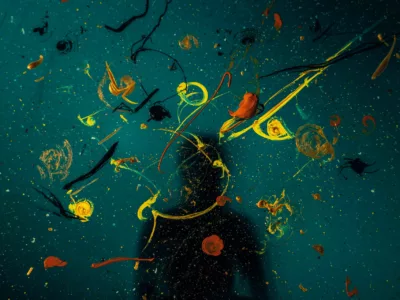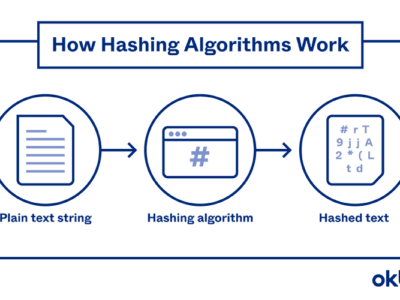Augmented reality ads is coming to Facebook. This is because Facebook wants to give advertisers a new way of showing off their products. This was announced at the F8 developer conference held earlier this year. Facebook announced that it was working on using augmented reality (AR) to show off advertisers’ products in Facebook Messenger.
Now, it’s not just in the Messenger but also in the News Feed. This would start with a selected group of advertisers in order to test out the augmented reality ads. The ads will appear with an option to “Tap to try it on”, allowing Facebook users to interact with products advertised with AR.
The augmented reality ads in News Feed was first tested by Michael Kors. The brand enabled people to try on a pair of sunglasses and make a purchase based on their experience. Later on, the AR ads will be tested with other products such as cosmetics, furniture, gaming, entertainment etc and also with other industries.
AR is an interactive experience of a real-world environment whose elements are “augmented” by computer-generated perceptual information, sometimes across multiple sensory modalities, including visual, auditory, haptic, somatosensory, and olfactory. The primary value of augmented reality is that it brings components of the digital world into a person’s perception of the real world, and does so not as a simple display of data, but through the integration of immersive sensations that are perceived as natural parts of an environment.
The new ad format will provide consumers with a more engaging way to interact with promoted items. Rather than having to go to a store to try something on or test an item, you’ll be able to do that directly from the Facebook app. Facebook hopes this will lead to more ad sales through the platform, and encourage more brands to try it for themselves.
The feature is still being tested, but as the platform expands to more brands, you can expect to see them appear in your feed soon.






